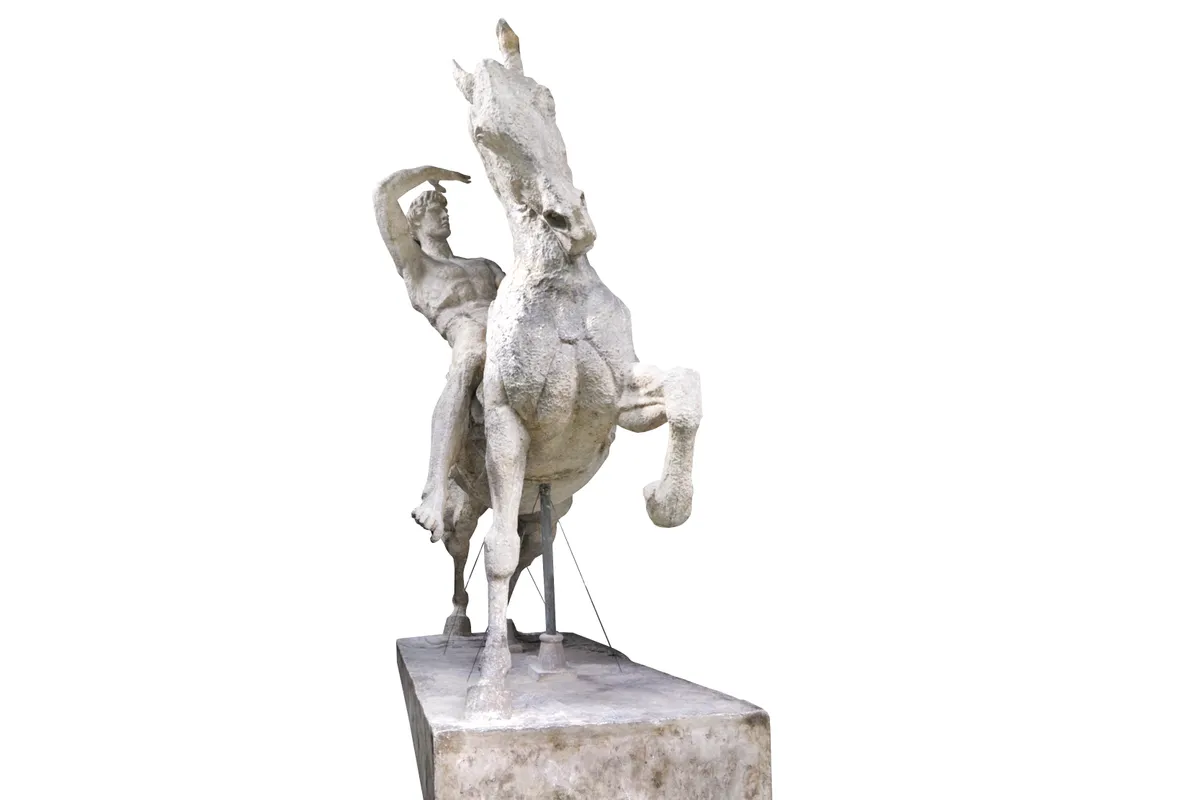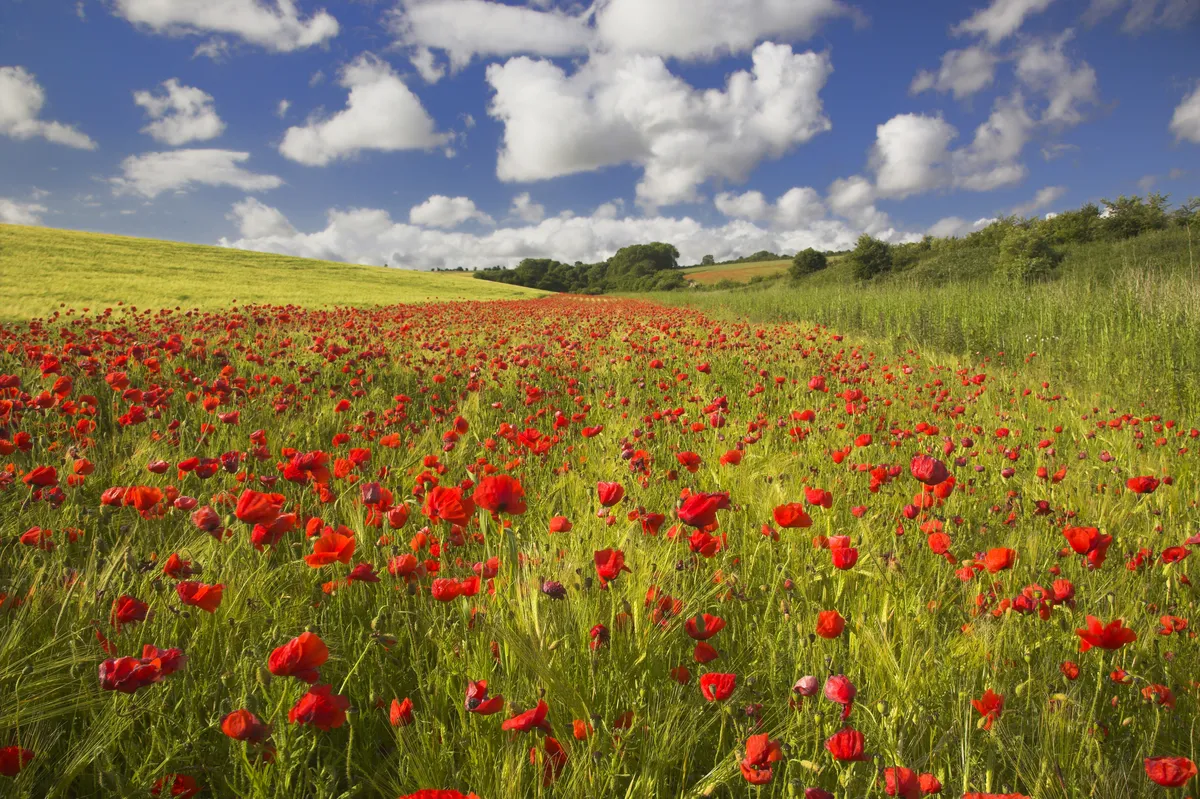His name may not be familiar now, but in his day George Frederic Watts was known as ‘England’s Michelangelo’.
Born in 1817, his paintings hung alongside Turner’s in the Royal Academy and he was the Victorian’s go-to portraitist. But Watts, also a sculptor and landscape painter, always felt himself to be an outsider.
You get a powerful sense of this thoughtful, retiring man the minute you arrive at Watts Gallery and Artists’ Village. Much more than just a showcase for Watts’ work, this tranquil, wooded estate also encompasses a pottery studio, a truly remarkable Grade 1-listed chapel, and Limnerslease, the beautiful Arts and Crafts home that Watts shared with his artist wife Mary. “Their house just teems with art and ideas,” enthused one of the couples’ visitors.

Power sculptures
The main gallery building houses a wealth of Watts’ works, including Found Drowned, a powerful piece of social realism. However, most of his paintings were symbolist or allegorical. Typical are the mysterious swirls of The Sower of Systems, Watts’ attempt at showing the Creator as something other than a “kind, white-haired old man”.
Descend to the gallery’s lower level to discover Watts’ sculptures. There’s a towering likeness of Alfred, Lord Tennyson, and Physical Energy (left), an immense horse and rider who seem poised to power out into the Surrey Hills beyond.

Mary’s Chapel
A short walk away is Limnerslease House, where Watts’ vast upstairs studio is lined with tantalisingly unfinished works. Just across the corridor lies Mary Watts’ own studio. Watts’ second wife (his first was the famous actress Ellen Terry), Mary was also a talented potter and designer. Her masterpiece is the bright red-brick chapel that lies just down the road, a building whose Byzantine style wouldn’t look out of place in Eastern Europe. Its beautiful exterior was decorated by local people whose training Mary oversaw herself. Its gorgeous interior is simply jaw-dropping, every inch of wall space covered by art-nouveau and Celtic-influenced designs.
Surrey stroll
It’s not just the Wattses who are celebrated here: a contemporary gallery houses regularly changing exhibitions of purchasable work by both emerging and established artists, and more art for sale can be found inside the pottery building.
Refuel at the tea shop, then complete your visit with a few steps along the North Downs Way. An easy, four-mile loop beginning and ending at the gallery takes in the Tudor grandeur of Loseley House and its elegant lake, as well
as pretty pastures and woods saturated with spring birdsong.
